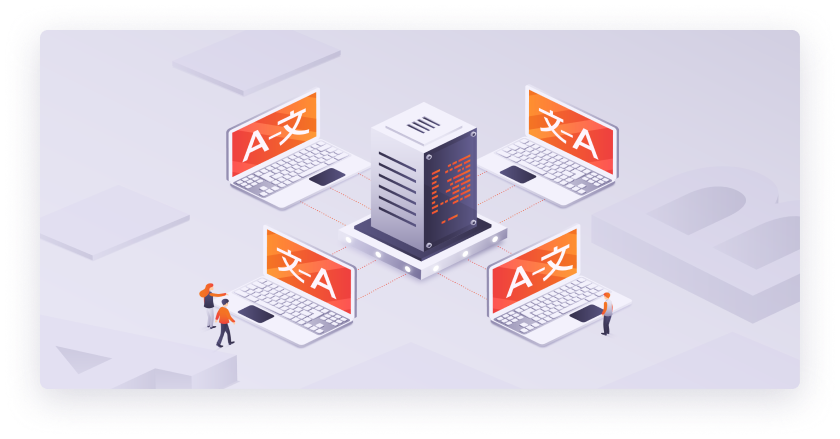A Desire for Actionable Analytics and Reporting

If you spend 10 minutes with a group of C-level executives discussing translation services, chances are, the word “reporting” will come up. And, it might come up more than once. After all, management wants to know how a significant investment in translation technology impacts revenues.
This strong interest in reporting and analytics isn’t new. But, with a greater reliance (and investment) on translation services, there’s also a greater desire for actionable analytics. Leadership wants to understand how their investment is performing and then make adjustments to capitalize on opportunities and improve the return on investment (ROI).
Is the Desire for “Actionable Reporting” all Talk and Mere Hype?
As much as senior executives discuss ROI, currently many global companies are not yet measuring it. According to a recent survey reviewed by Arle Lommel, a Senior Analyst at Common Sense Advisory specializing in localization and translation, just half of survey respondents measure broad business indicators (i.e. cost versus revenue). This is despite it topping the list of what teams would like to measure. Similarly, a recent customer survey done by memoQ, showed 8 out of 10 companies would like to measure ROI, but only 42% are currently doing so.
Here’s why: translation companies readily offer tools to measure internal key performance indicators (KPIs), like cost, quality, delivery time, and process adherence. According to Lommel, et al. “Such [internal KPIs] are easier to track with the resources most localization departments have at hand, and they provide a good way to get operational issues under control.” This is opposed to external KPIs, which offer insight into results that are outside of the translation services, such as customer satisfaction, revenue, and market position of products. (1)
Internal KPIs are less actionable, and they don’t necessarily measure ROI or business objectives. Meanwhile, external KPIs alone are difficult to tie back to localization of content. According to Lommel, et al, the best approach is to connect these external KPIs with internal KPIs, and therefore, discover actionable trends that speak to the company’s ROI.
Anett Guth, Market Researcher at memoQ, agrees that many of the reporting features on the market today don’t showcase ROI or go very deep. “Most translation technology providers are just scratching the surface here. They’re implementing reporting features that don’t really go beyond a nice visualization,” says Guth.
According to Guth, data visualization is the one area where companies have made significant improvements. Newer reporting products offer clear, easy-to-understand dashboards that outline costs, time to translate, text quality, and more. Now, if the industry could take these KPIs, go beyond visualization, and deliver actionable analytics…
Clearly, There is Room to Improve Reporting Features in 2019
Both translation software companies and buyers desire better reporting. After all, localization of content is a significant investment. If a global company invests in localization of their website content, for example, they need to see the amount of traffic and conversions the website generates. Or, if a product’s package label is translated, companies should see whether the market was more likely to purchase the product in its localized format.
But the need for better reporting goes beyond ROI — the industry also needs analytics that are actionable. For example, imagine if translation providers could better understand their core competencies, whether they’re in pharmaceutical or legal translation, and then hone in on the type of work they do best.
On the buyer side, imagine if a global company could see which departments need more translation services. They could better understand what content is already being translated and then take steps to recruit more translators — or switch to machine translation technology for larger volumes of content.
The Need is There, but Who Will Start the Conversation?
Ironically, even though everyone agrees that reporting features need to be improved, there isn’t an industry consensus on which specific features are needed.
For translation software companies looking to gain a competitive edge, the opportunity is there — the market is ready for better, more actionable analytics. If they prioritize data visualization, connect internal KPIs to external KPIs, and tell a story about translation services impacting ROI, they will win in the marketplace.
Now, who will be first?
References:
1 “Align Your Localization and Enterprise KPIs.” Arle Lommel, Rebecca Ray, and Hélène Pielmeier.


